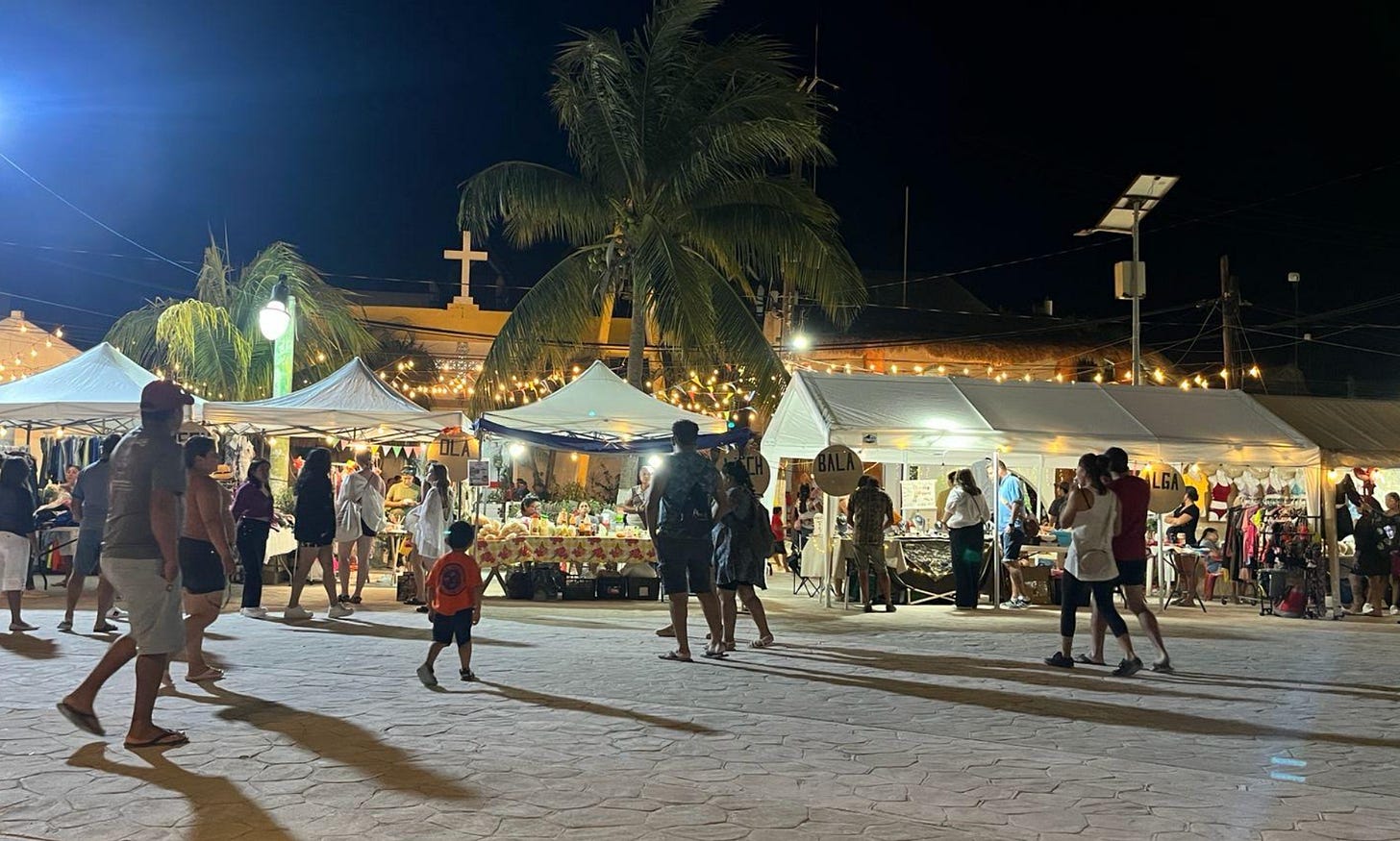What Owen Sound Could Learn from Others About Community & Belonging
A bit of paint, public will, and planning: Reflections from Mexico’s Yucatán Peninsula highlight how vibrant public spaces and community care can thrive, offering lessons we could take to heart.
COMMUNITY CONTRIBUTION
In April, my partner and I spent some time in Mexico’s picturesque Yucatán Peninsula. We travelled to a few places varying in population size — from a small town of around 2,000 on Isla Holbox off the north coast, to Mérida, the largest city on the peninsula with a population of 2 million.
There were some fasc…
Keep reading with a 7-day free trial
Subscribe to The Owen Sound Current to keep reading this post and get 7 days of free access to the full post archives.




